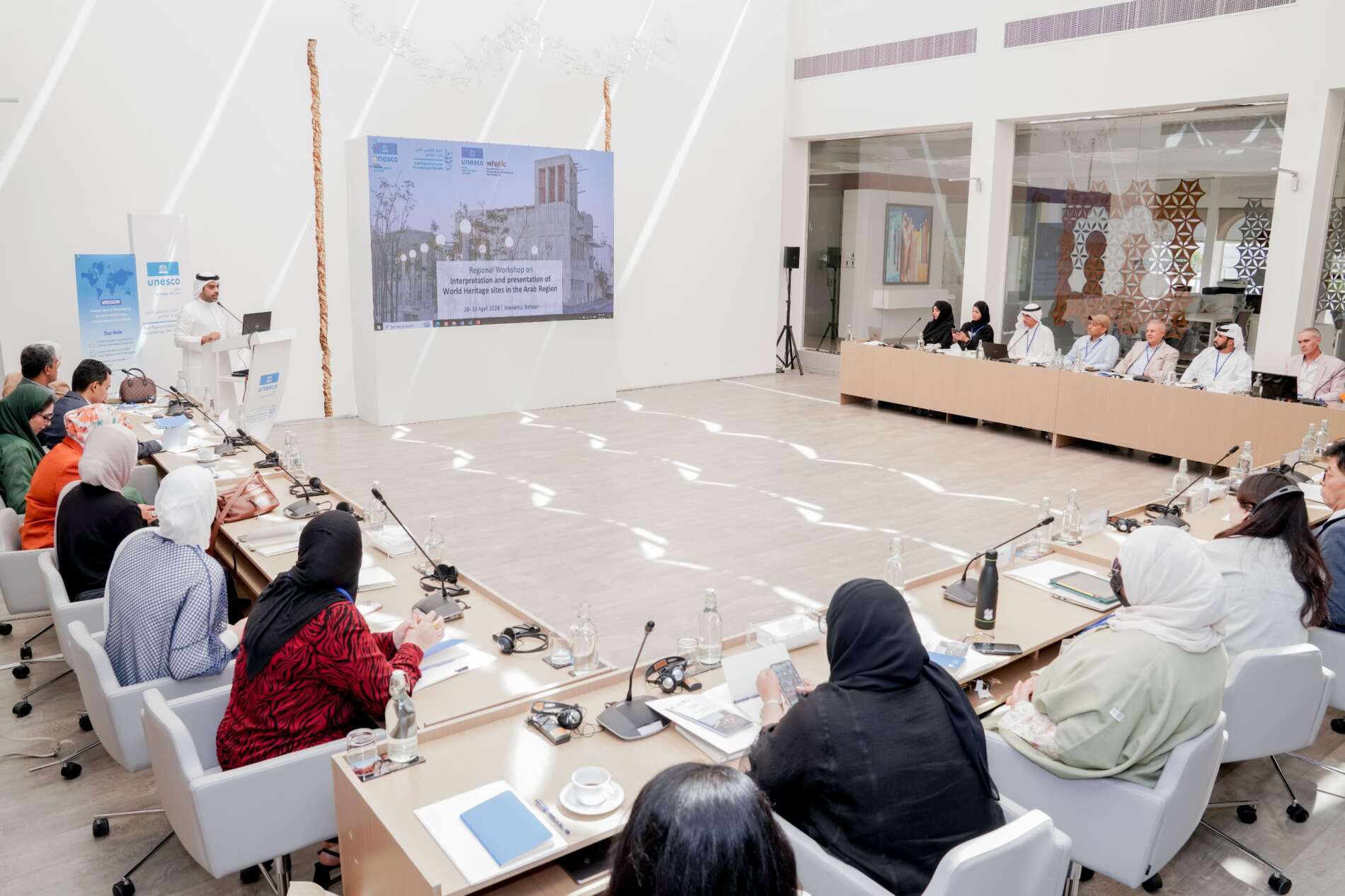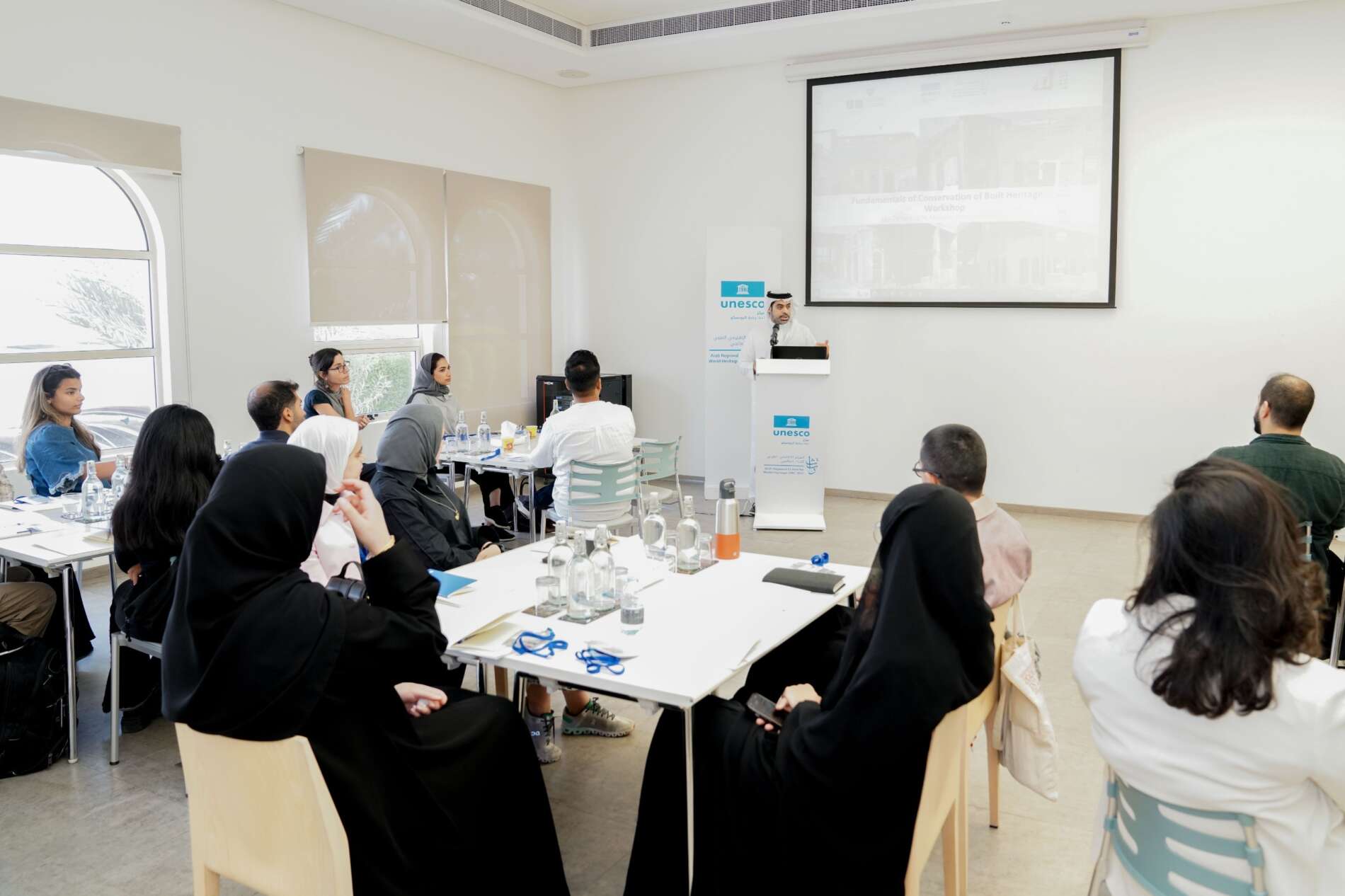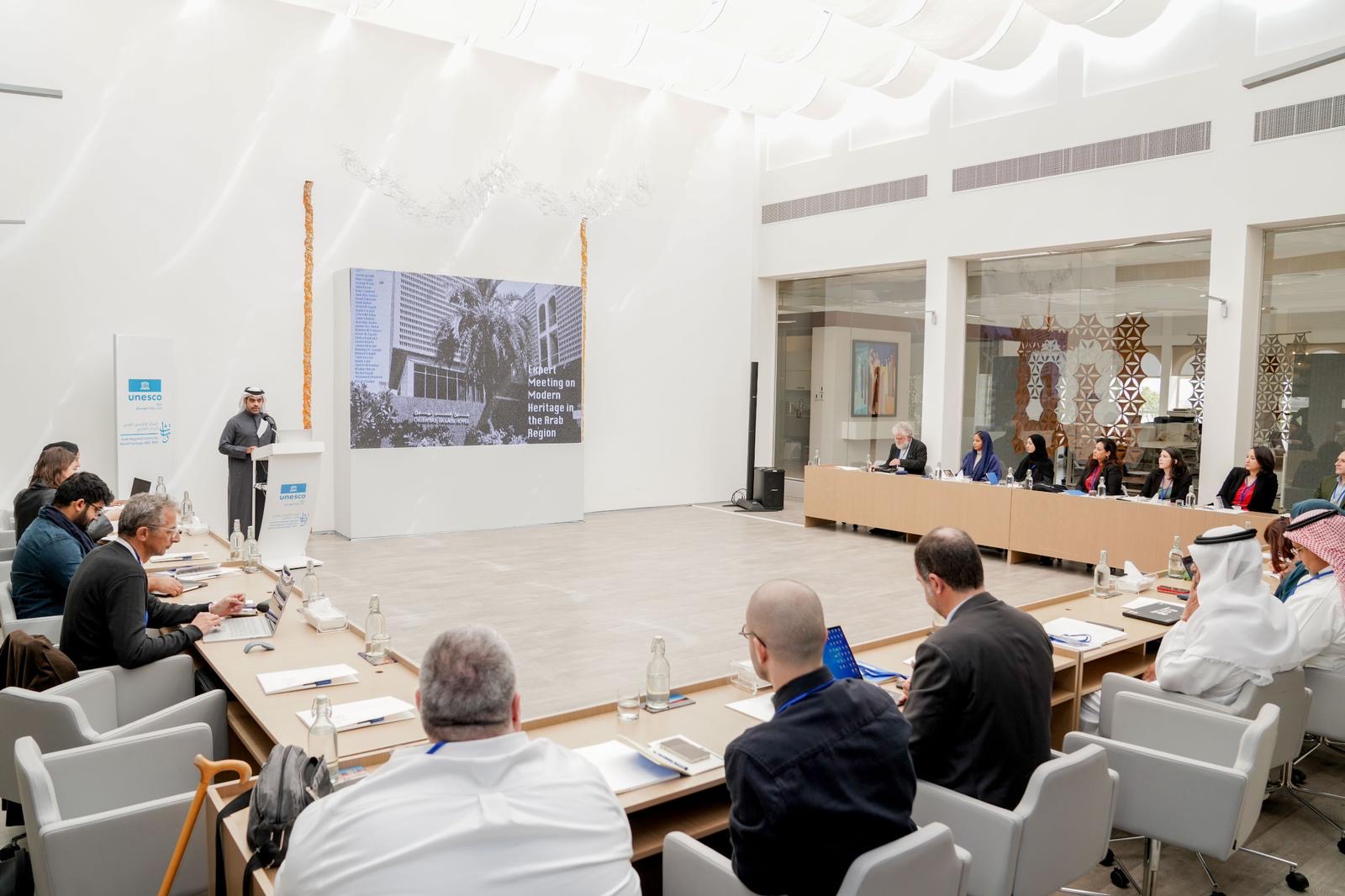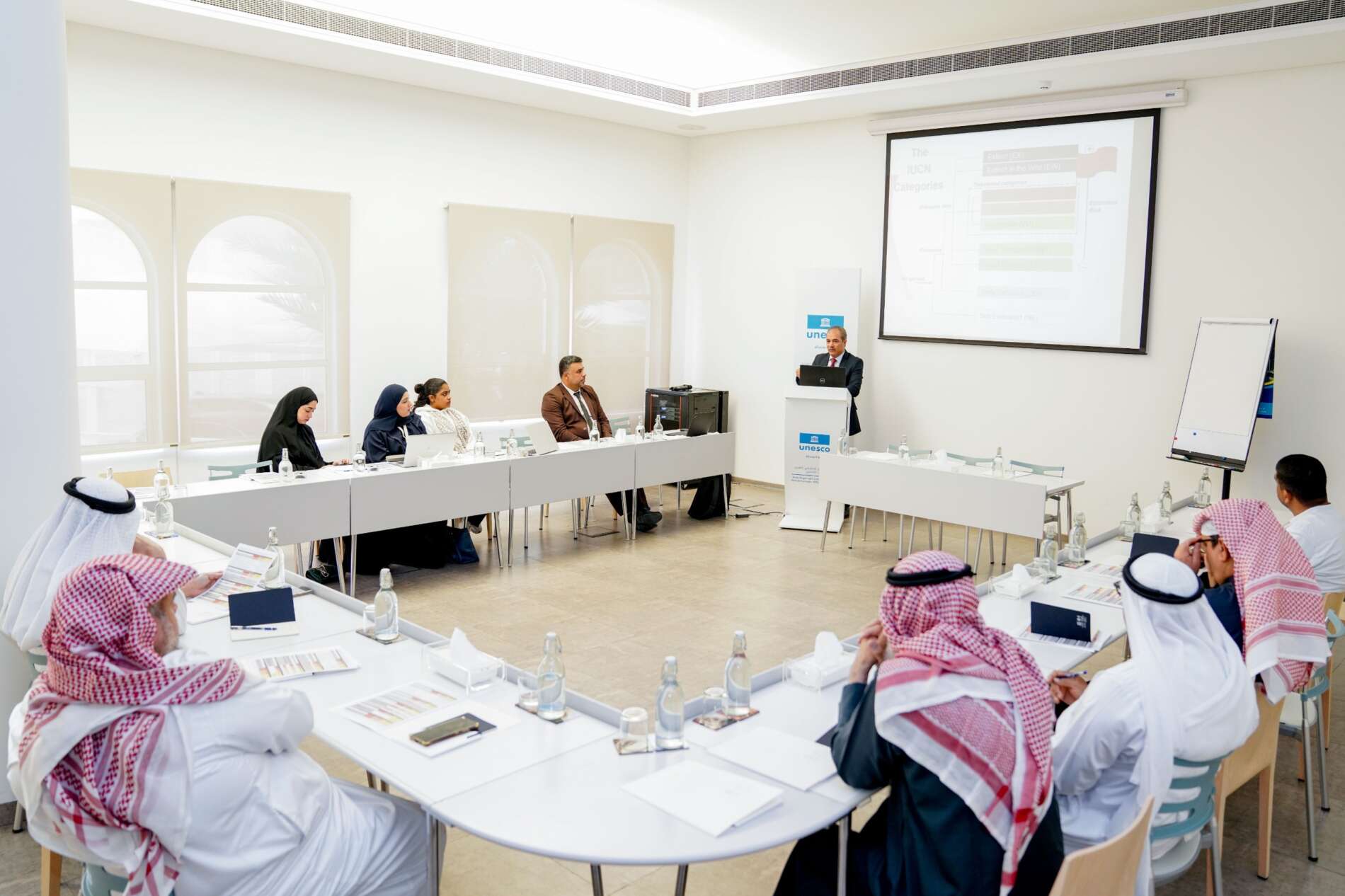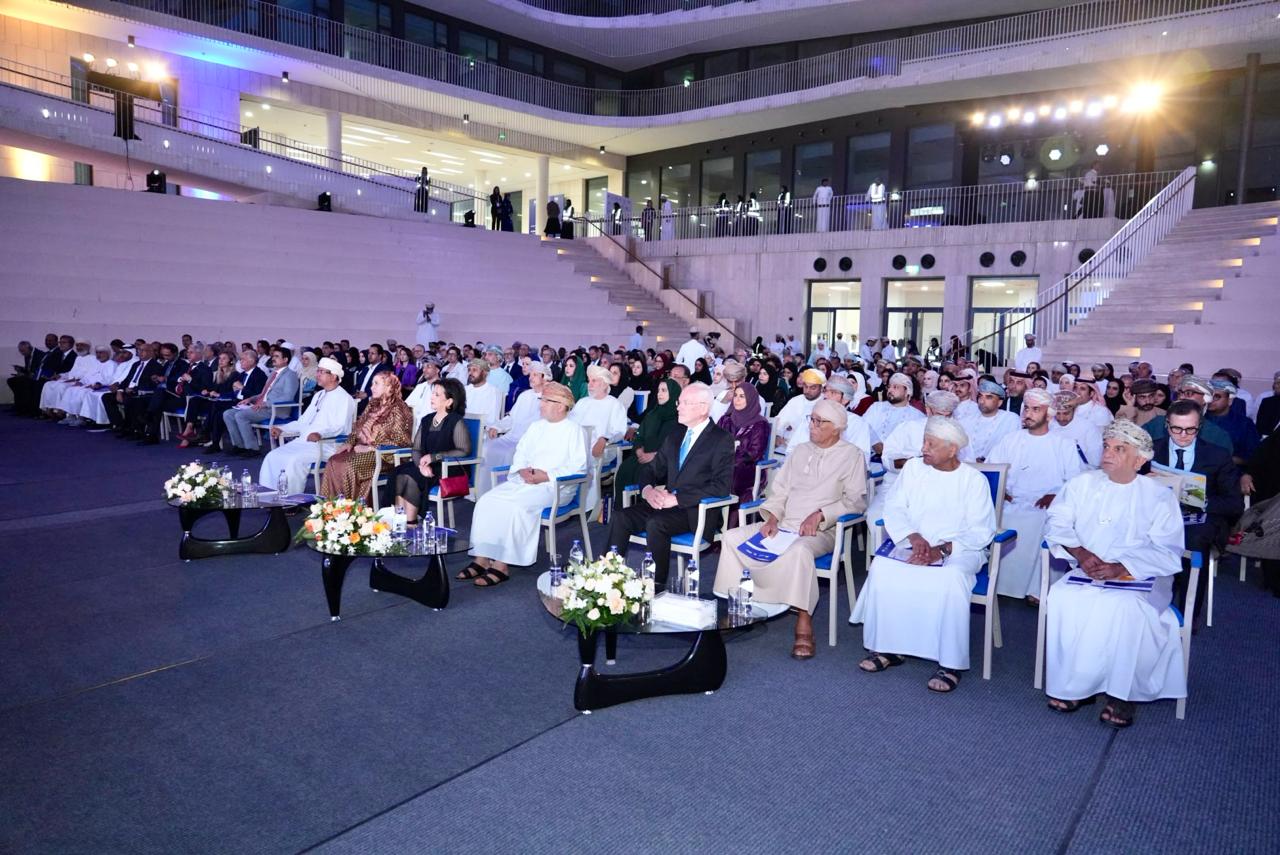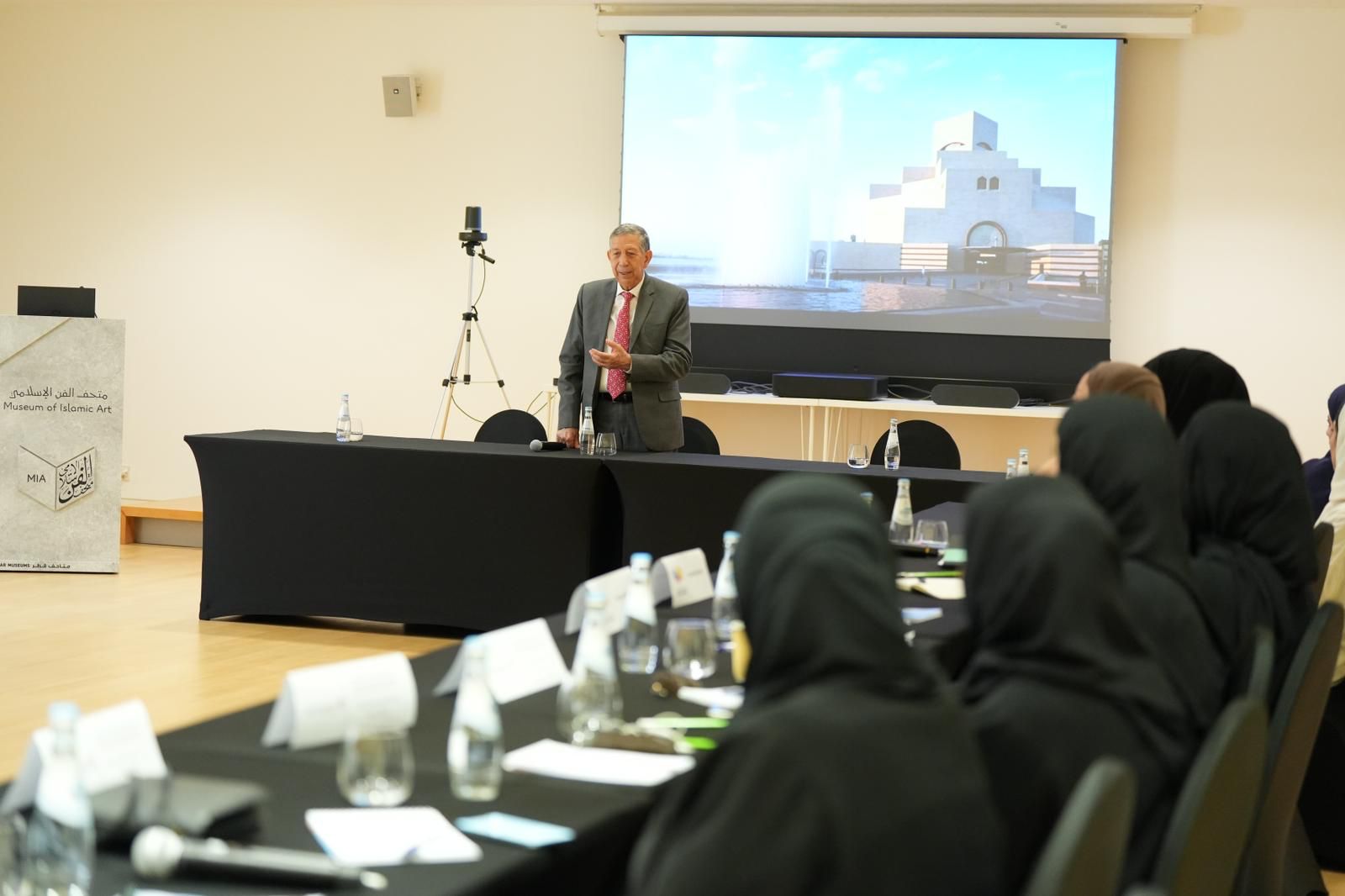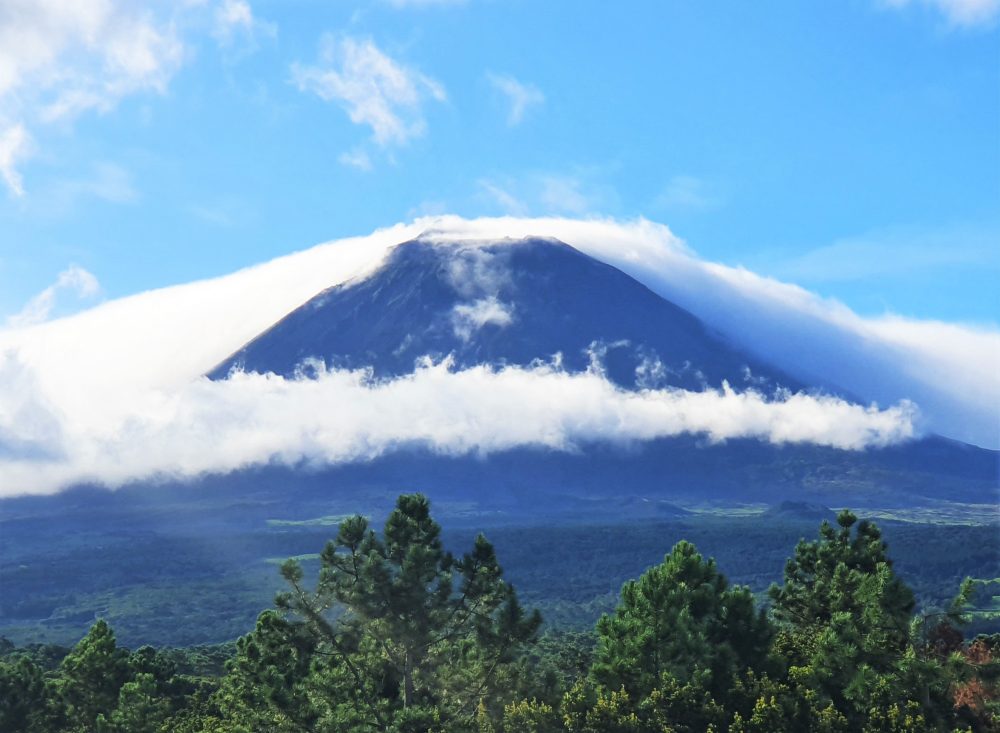
Connecting Practices Project – Phase III
ARC-WH was invited to participate in a field visit to the UNESCO World Heritage site Landscape of the Pico Island Vineyard Culture in the Azores Archipelago, Portugal. The visit was organised between 16 to 19 September in light of the third phase of the Connecting Practices project. Connecting Practices is a joint initiative between ICOMOS and IUCN in order to explore, learn and create new approaches to recognizing and supporting the interconnected character of the natural and cultural values within heritage designation and management frameworks.
The project enables ICOMOS and IUCN to test ideas that can influence a shift in conceptual and practical arrangements for considering culture and nature within the World Heritage Convention and beyond, and for helping to define strategies that can translate theory into practice at a site level.
ARC-WH was amongst a group of experts comprising the multidisciplinary team gathered by IUCN and ICOMOS from various fields, such as World Heritage site management, vini-viticulture, geology, and biodiversity and culture-nature interlinkages. The mission team worked closely with local stakeholders to gain a holistic perspective of the site’s interconnected natural and cultural values and gathered recommendations on how these attributes could be better managed, strengthened and sustained to ensure the safeguarding of the Outstanding Universal Value (OUV) for current and future generations.
Phase III of the Connecting Practices project focuses on biocultural and agricultural practices in sites and the management of changes. The Pico Island landscape reveals an exceptional adaptation of farming techniques and viticulture in a challenging and harsh environment. While this site is globally recognised as a cultural World Heritage site, its OUV intrinsically relies on the local environment and geological features.
The values and attributes of this World Heritage site bolster the symbiotic relationship between culture, nature and its custodians, revealing that both culture and nature support the unique characteristics of the property and its inscription on the World Heritage List.


